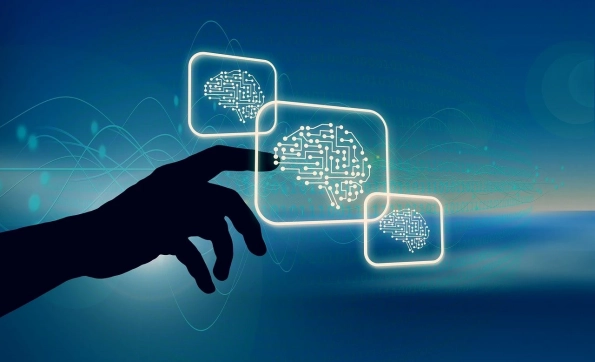Imagine a world where cybersecurity threats are predicted and neutralized even before they strike. A realm where data breaches are not just responded to but prevented with high precision. Welcome to the future of cybersecurity analytics powered by artificial intelligence (AI).
A New Age in Cybersecurity
In 2023, the cybersecurity landscape faces unprecedented challenges. With the ever-increasing number of cyber threats and the complexity of cyber-attacks, the traditional methods of cybersecurity are no longer sufficient. As the threats evolve, so must the methods to combat them. Enter AI, a game-changer that promises to revolutionize cybersecurity analytics.
“AI has the potential to fundamentally change how we approach cybersecurity,” says Dr. Emily Ferguson, a cybersecurity expert at the Cybersecurity and Infrastructure Security Agency (CISA). “By leveraging AI, we can detect anomalies and threats faster and more accurately than ever before.”
AI-Powered Threat Detection
Artificial intelligence brings a new level of sophistication to threat detection. Unlike traditional systems that rely on pre-defined rules, AI-based systems use machine learning algorithms to analyze vast amounts of data, identify patterns, and spot anomalies. This capability allows AI to detect previously unknown threats and adapt to new ones.
For instance, in 2023, several Fortune 500 companies have integrated AI-driven security systems to continuously monitor their networks. These systems can quickly identify unusual behavior, such as an employee accessing sensitive information at odd hours or a sudden spike in data transfers. Such real-time detection is crucial in preventing data breaches before they cause significant damage.
Predictive Analytics: A Glimpse into the Future
One of AI’s most promising applications in cybersecurity is predictive analytics. By analyzing historical data and identifying trends, AI can forecast potential security incidents. This proactive approach allows organizations to fortify their defenses against anticipated threats.
In a groundbreaking study conducted in 2023 by IBM’s X-Force team, predictive analytics empowered organizations to reduce their incident response time by up to 50%. “It’s like having a crystal ball that alerts you to potential threats,” explains John Kelly, a lead researcher at IBM. “By predicting attacks before they happen, companies can implement countermeasures and significantly reduce the risk of successful breaches.”
Real-Life Success Stories
The journey of AI in cybersecurity is not just theoretical; it’s already producing impressive results. Take the case of Darktrace, a cybersecurity firm founded in 2013. Darktrace’s AI-driven platform uses advanced machine learning to autonomously detect, respond to, and neutralize potential threats in real time.
In early 2023, Darktrace successfully thwarted a sophisticated ransomware attack on a European financial institution. The AI system identified unusual network activity indicative of a ransomware payload being deployed. It immediately isolated the compromised devices, preventing the attack from spreading and potentially saving the institution millions of dollars.
Challenges and Ethical Considerations
Despite its potential, integrating AI into cybersecurity comes with its own set of challenges and ethical considerations. One of the major hurdles is the accuracy and reliability of AI models. Ensuring that these systems do not generate false positives or miss critical threats is paramount.
Moreover, there are ethical implications in deploying AI for security purposes. Issues such as data privacy, algorithmic bias, and transparency must be addressed to build trust in AI-driven systems.
Looking Ahead: The Next Steps
As we look toward the future, the role of AI in cybersecurity is set to expand. Experts predict that by 2025, AI-driven cybersecurity solutions will become mainstream, significantly enhancing the ability to combat cyber threats. However, achieving this vision requires continuous collaboration between technology developers, cybersecurity professionals, and policymakers.
Organizations must invest in AI research, strengthen their cybersecurity protocols, and prioritize ethical considerations. By doing so, they can harness the full potential of AI, creating a safer digital landscape for all.
In conclusion, the future of cybersecurity analytics with AI promises to be a transformative journey. While challenges remain, the advancements made by 2023 have showcased the incredible potential of AI to detect, predict, and neutralize cyber threats. The next steps involve responsible AI integration, continuous innovation, and a commitment to ethical standards, paving the way for a more secure digital world.













